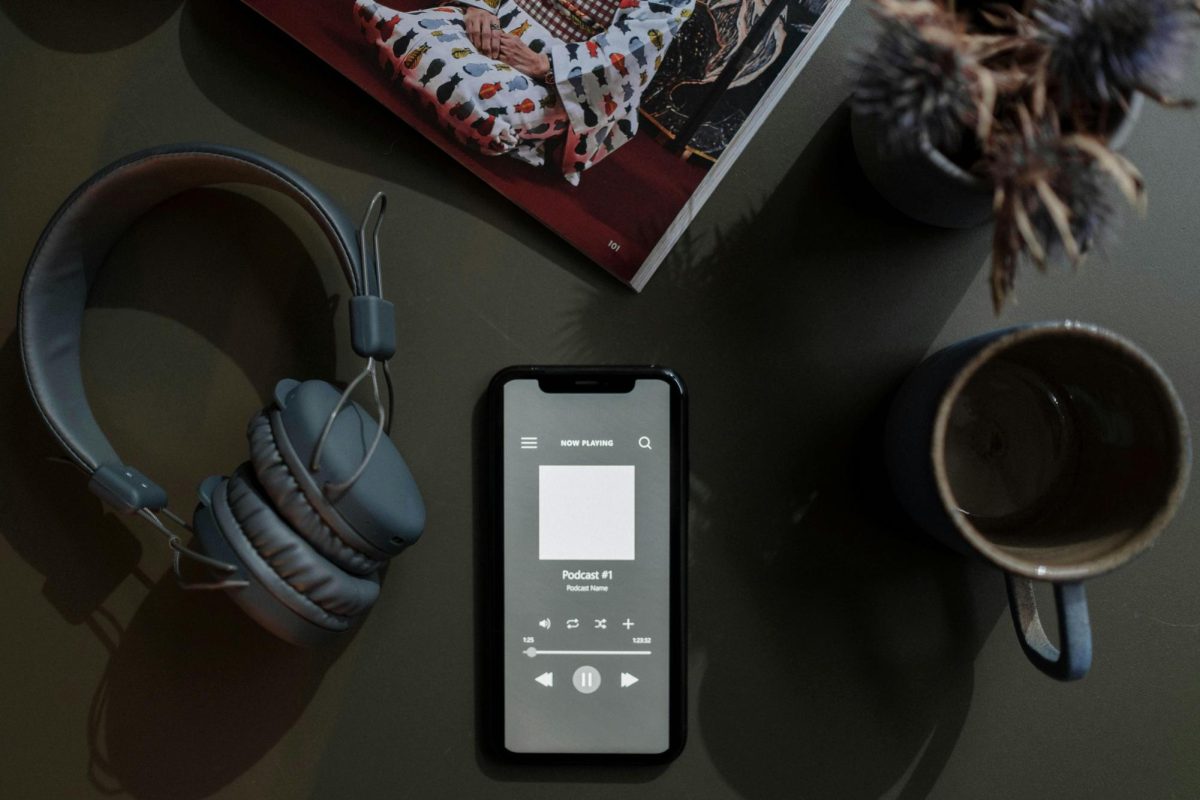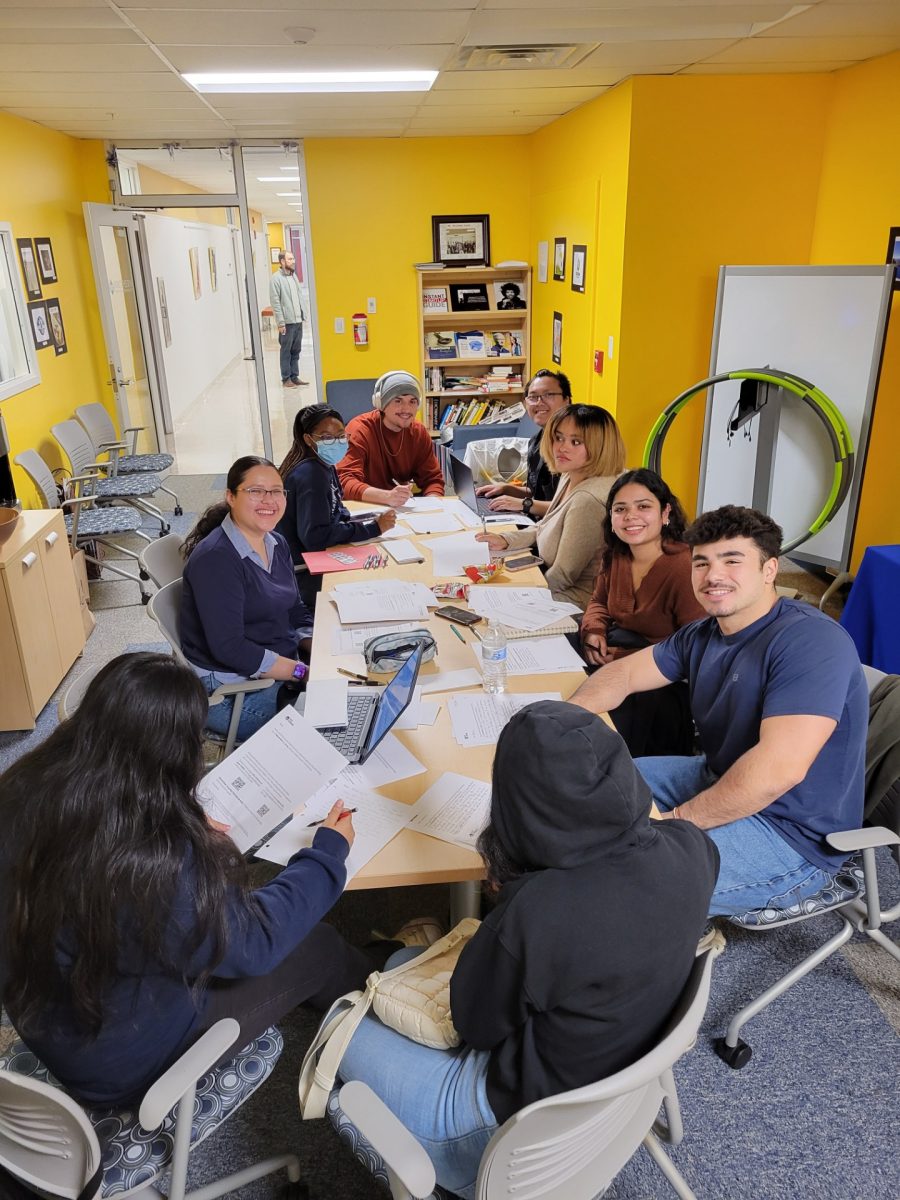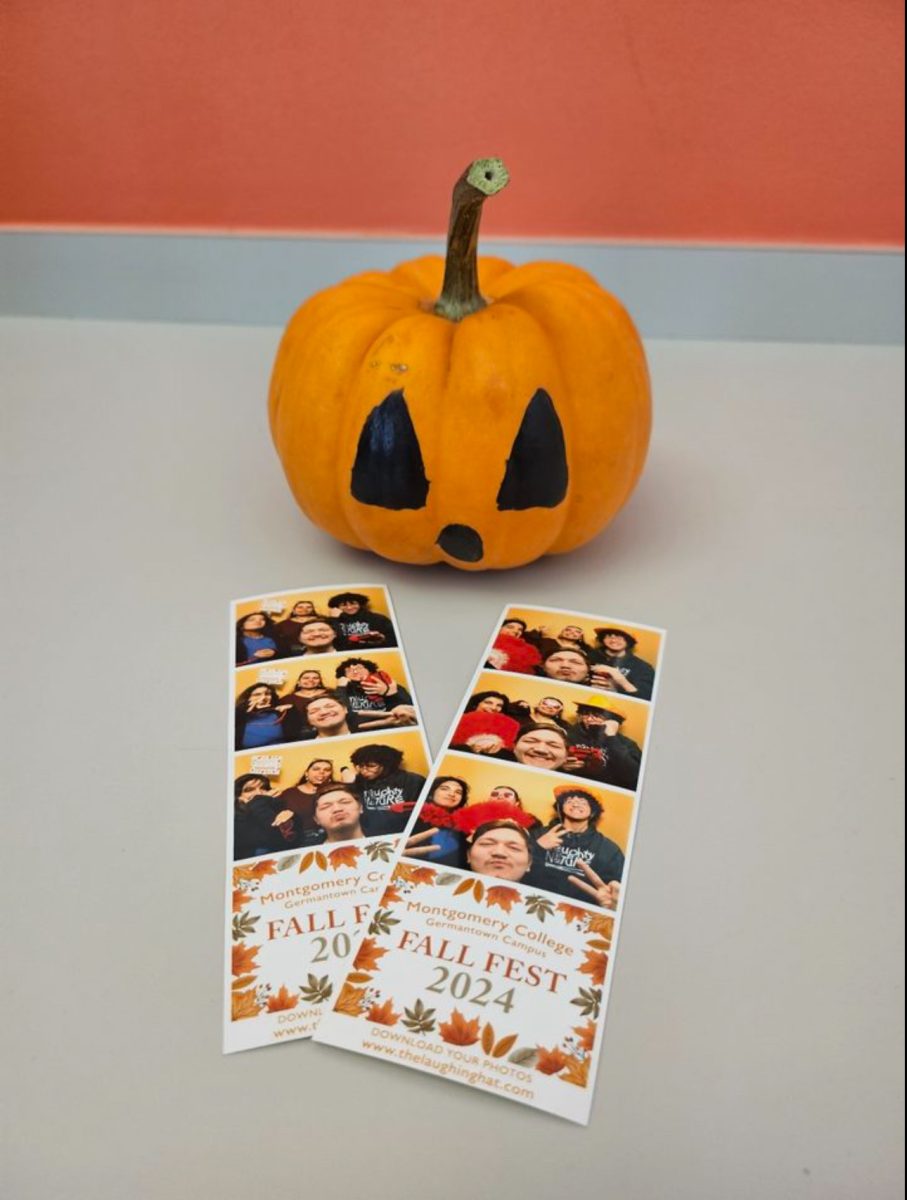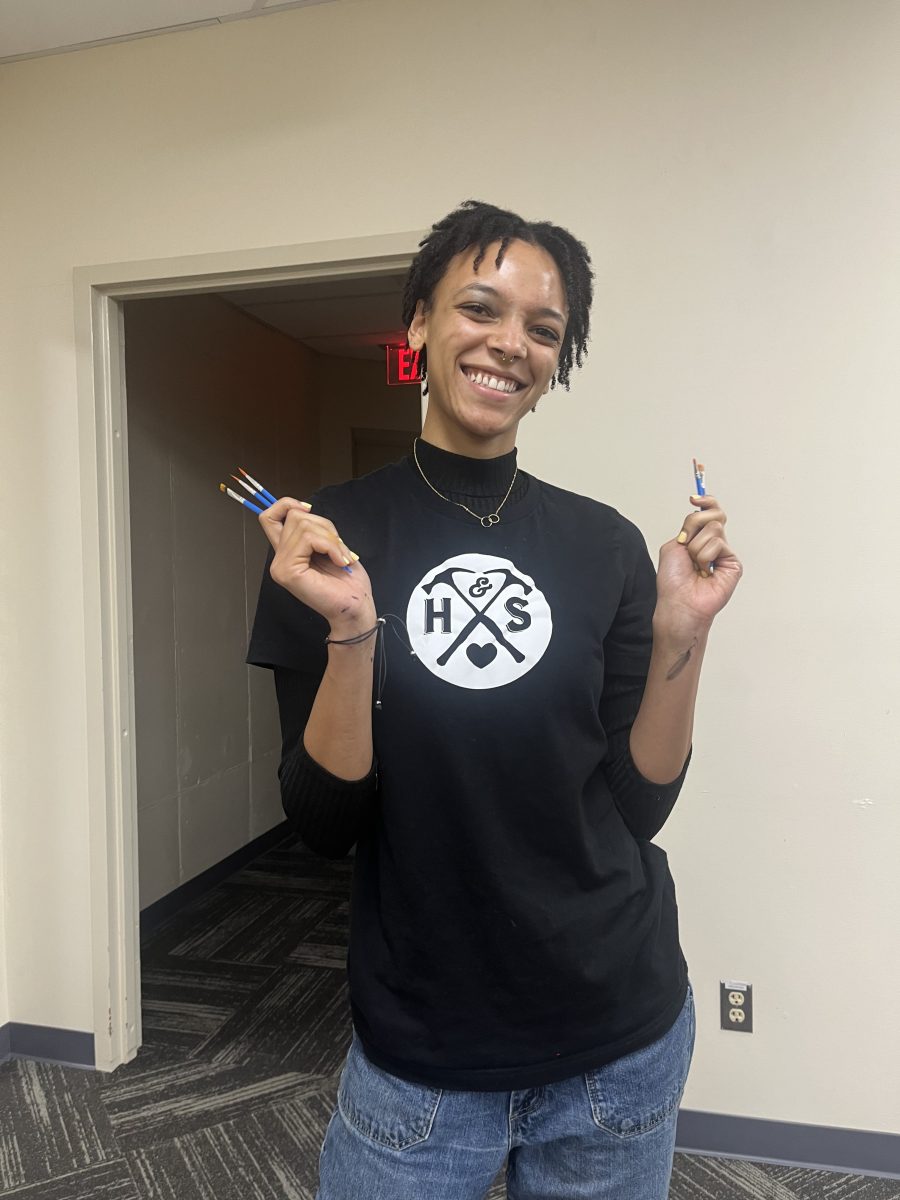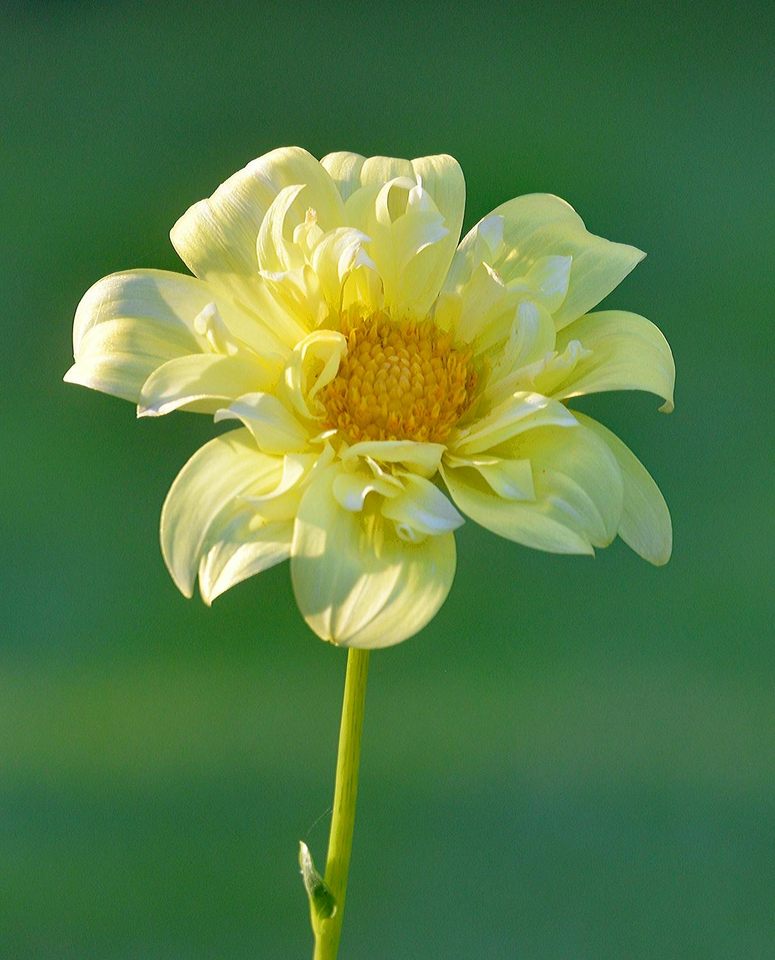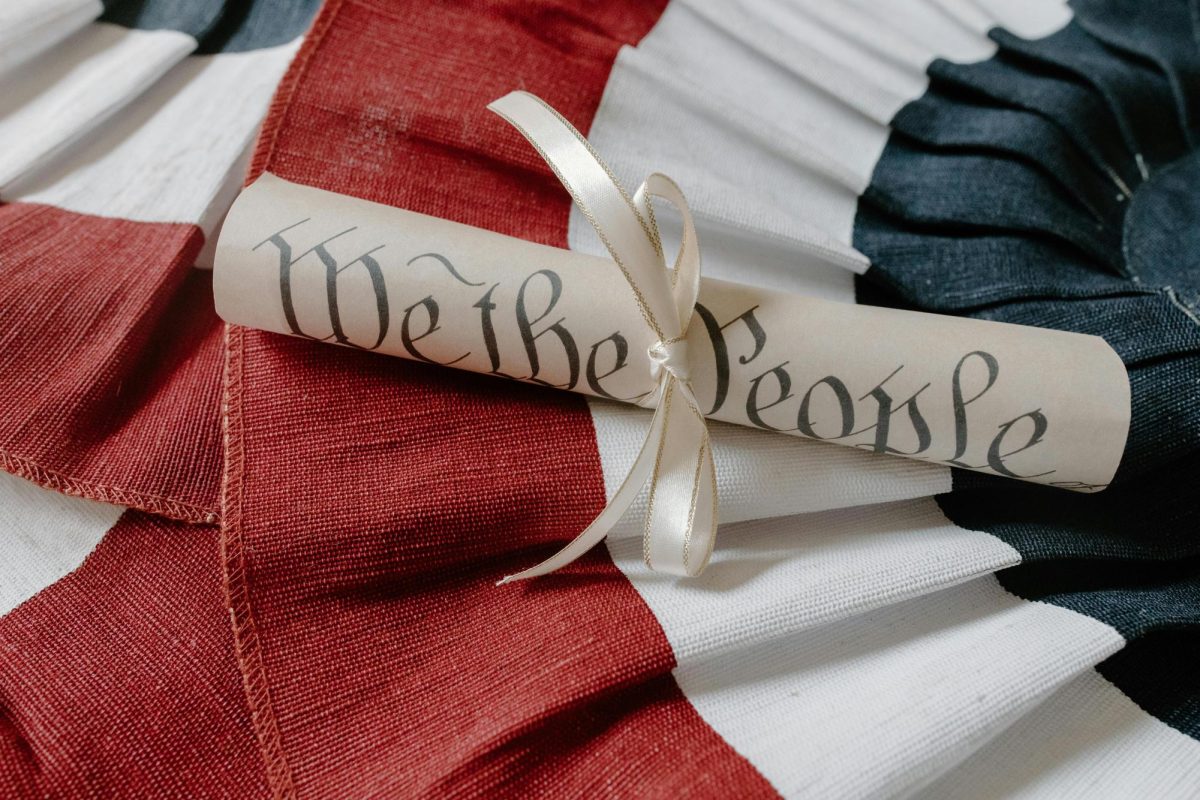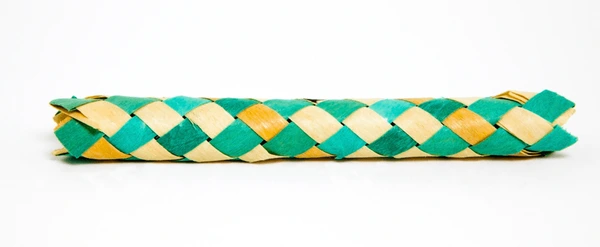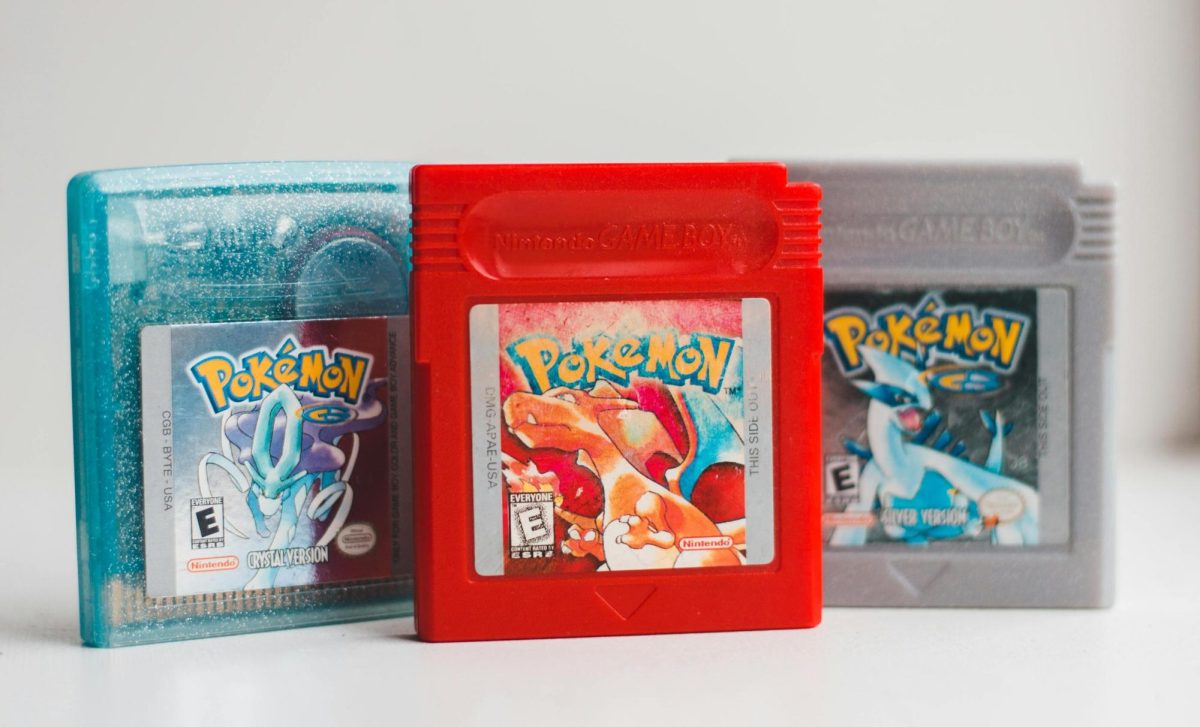Chinese finger traps are known today as a fun novelty toy for kids to play with at parties. Although they are often given in goodie bags and as gag gifts, their origin story is over a century old, and their usage in history hasn’t always just been to be a fun kick for kids.
The Chinese finger traps, also known as Chinese handcuffs, consist of a cylinder woven together primarily using thin strips or ribbons of bamboo but can be made using most other materials. The helical weaving of the strips of bamboo makes a braid in the shape of a cylinder. As the braid is pulled on, the braid gets longer and thinner, and vice versa as the braid is let go. This behavior is a common trait among other cylindrical braids woven in a helical pattern.
The toy’s journey through the ages starts off in a Viennese medical journal published in 1870, where the first iteration of the finger traps was first recorded. The journal mentions a single-ended version of the modern-day finger traps that are referred to as ‘Girl Catchers.’ The presumed kids’ toy had caught the attention of a doctoral student who noticed its potential as a traction device for hands and fingers. Traction devices are tools used to help straighten bones and relieve pressure on certain parts of the body and are primarily used in orthopedic medicine. This method of traction was soon altered for use in surgery and was eventually renamed to the ‘Schmall’s Extension Mesh’ after the student who discovered its use.
The novelty toy has also gone through more than one rebrand in the past. Only 30 years after their first recorded mention in Austria as Girl Catchers, they were first called ‘Finger Traps’ by an American newspaper in 1900. They then went on to gain the ‘Chinese’ label in the 1950s, first mentioned as being Chinese in 1953 in a newspaper in Ohio. This phenomenon was likely influenced by the fact that they were most often made using bamboo. The increase in intrigue for foreign items and their resulting rise in profits also would have incentivized advertisers to keep claiming them to be Chinese.
Over the years, finger traps have gained more use, and their technology has been implemented into other products and industries. Textile manufacturing machines, as well as various types of ropes, are some of the things that utilize the main function of the finger traps. Towing socks are also one of the items that function as a one-sided finger trap, much like Schmall’s extension mesh.
Chinese finger traps have also become widespread and well known in the media in North America, the United States in particular. They are often featured in media as props for the characters to use or as a metaphor for problems that are easier to solve when relaxed. One such popular example is when they are used in the book series Heroes of Olympus. The finger traps are used to showcase how one of the characters is able to solve problems in their journey.
The way a single object can change the trajectory of how history plays out and influence different aspects of the world is simply amazing. Try thinking about how many things influenced the world around you the next time you have some free time!

